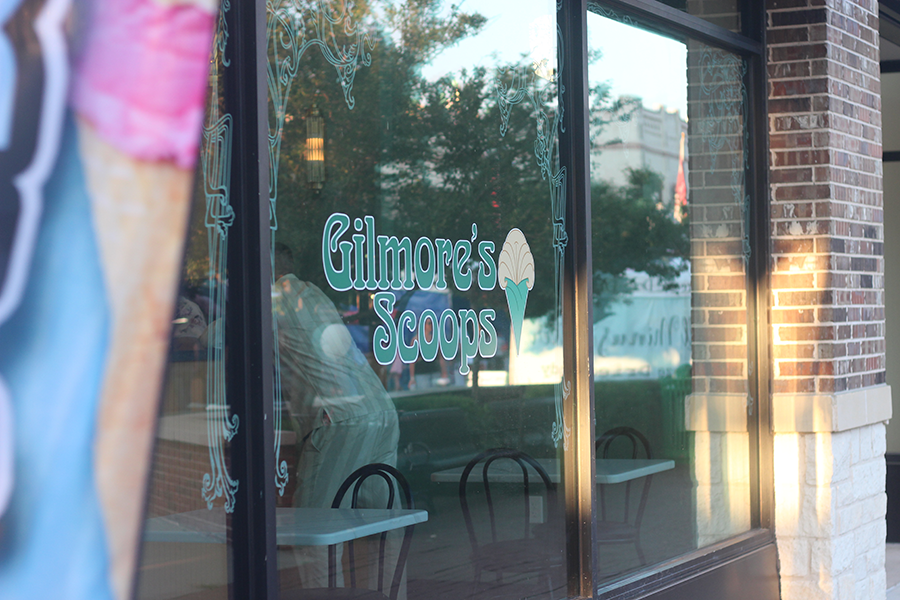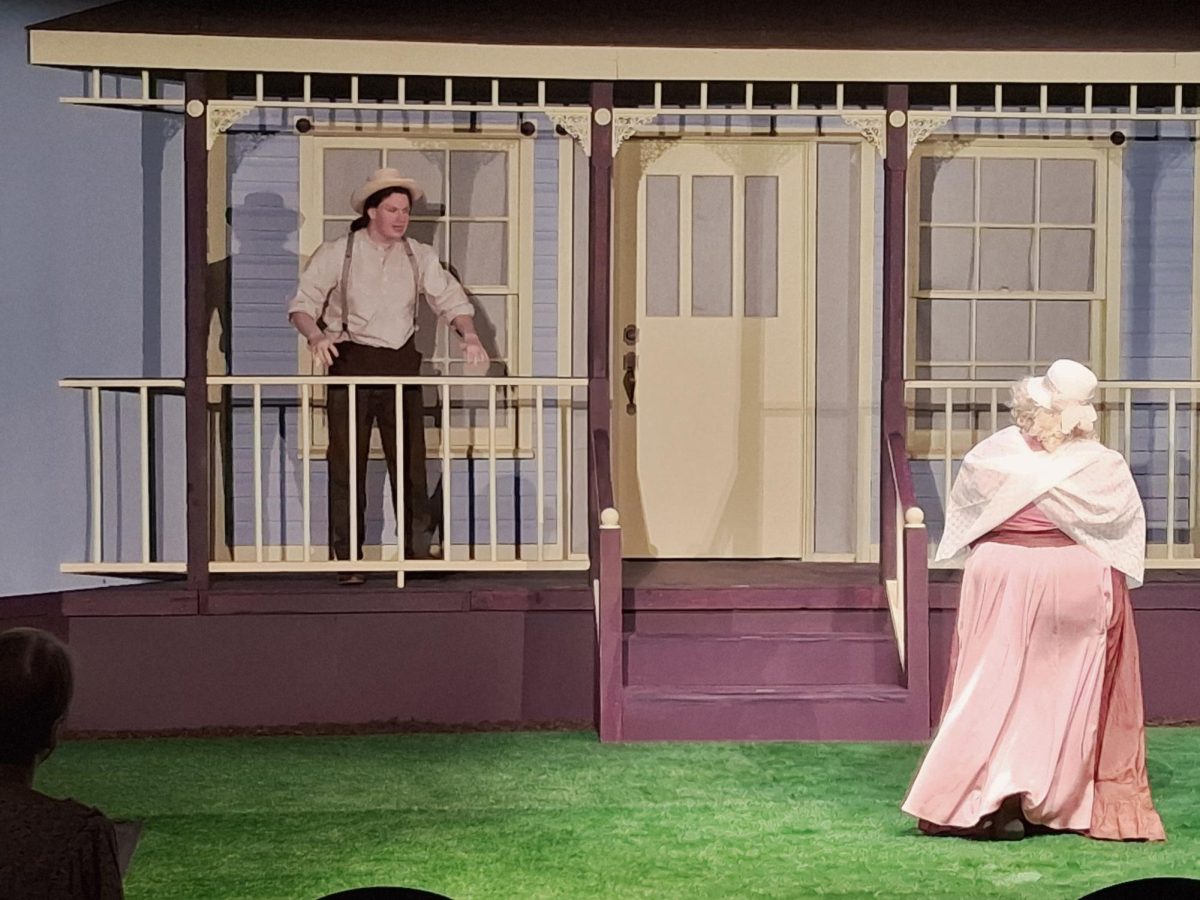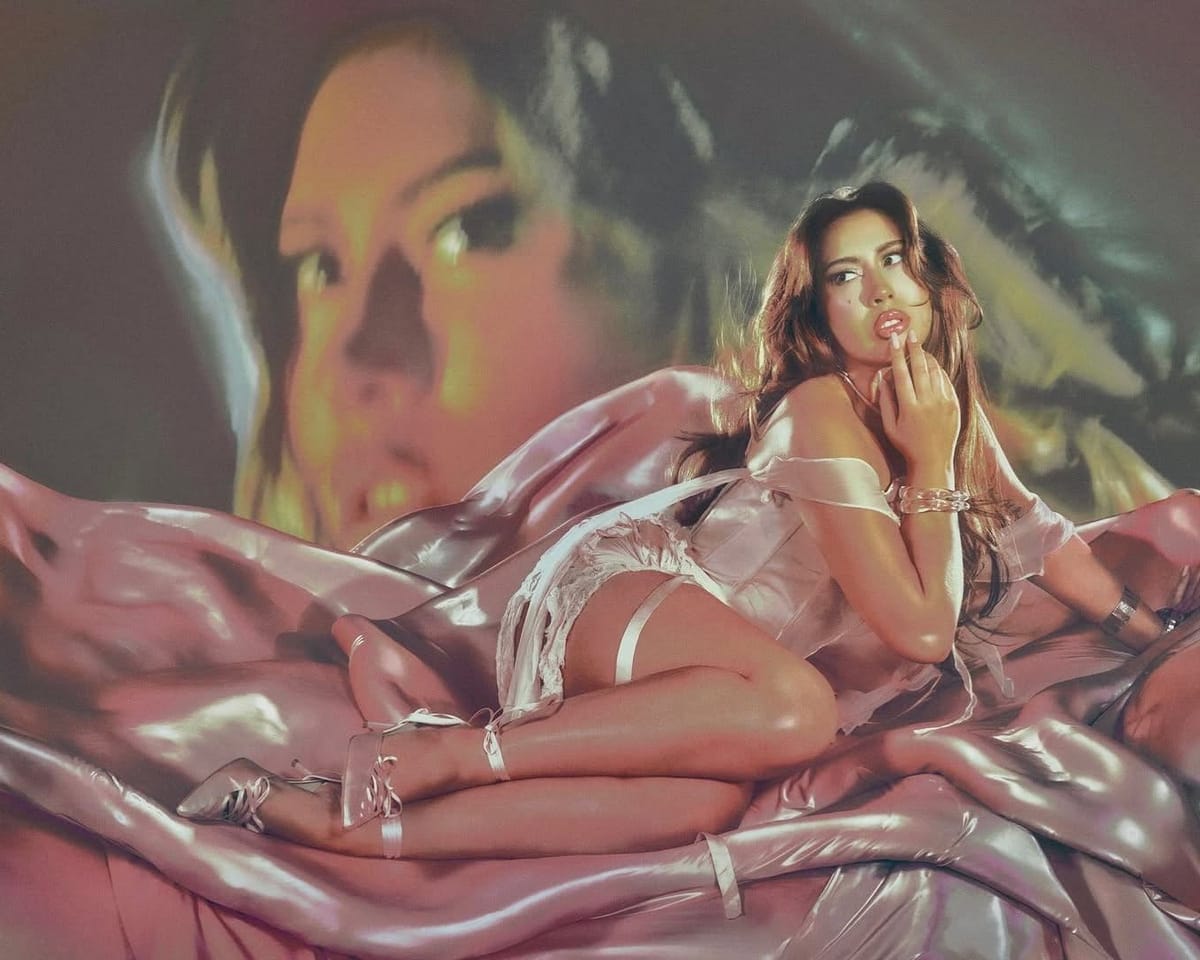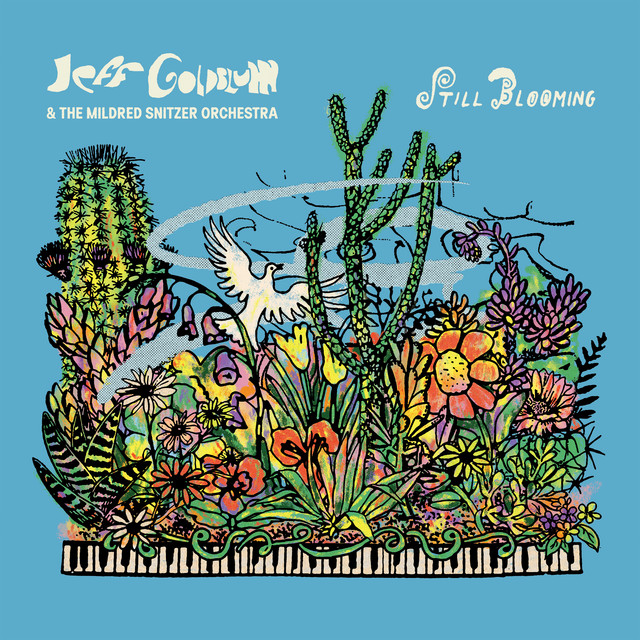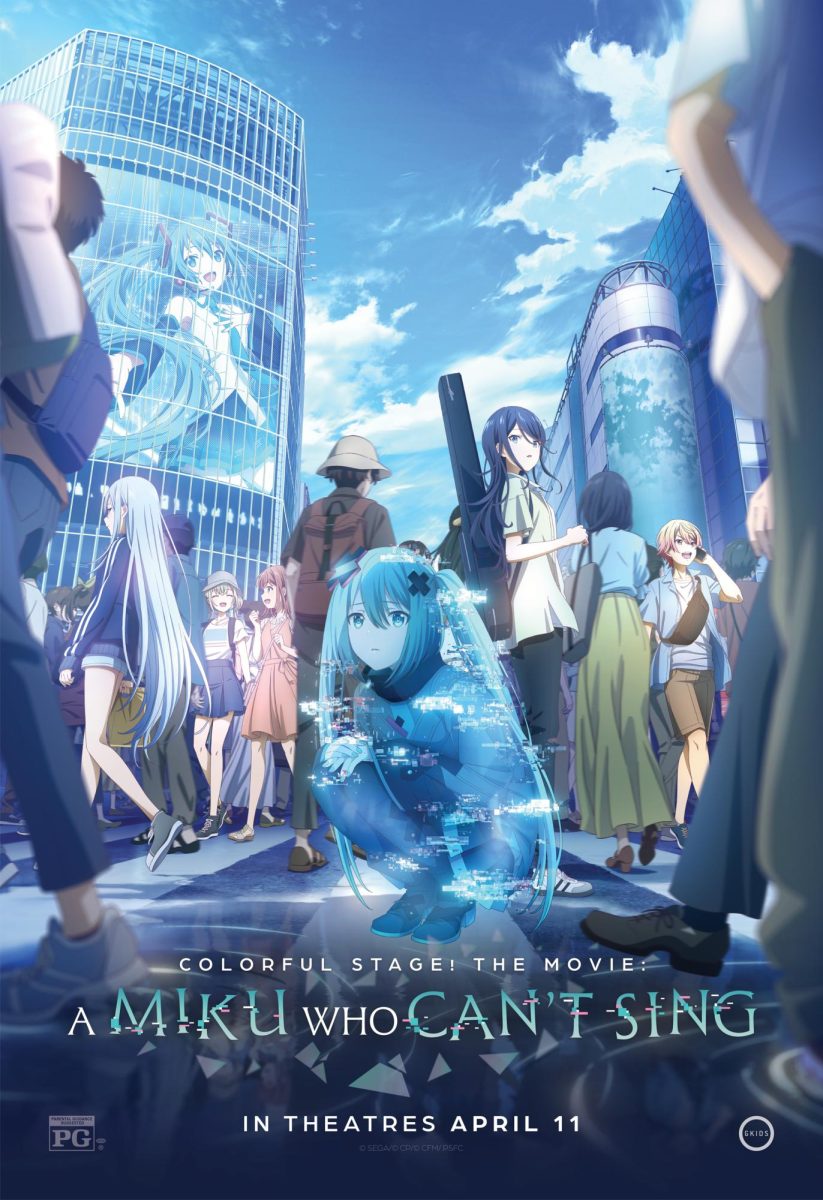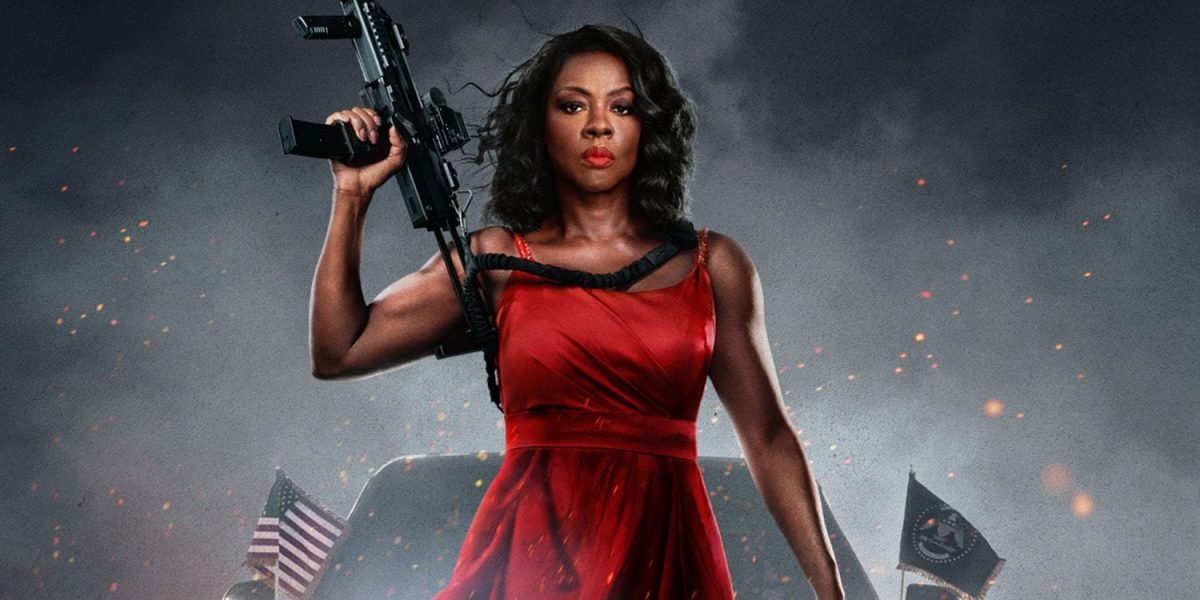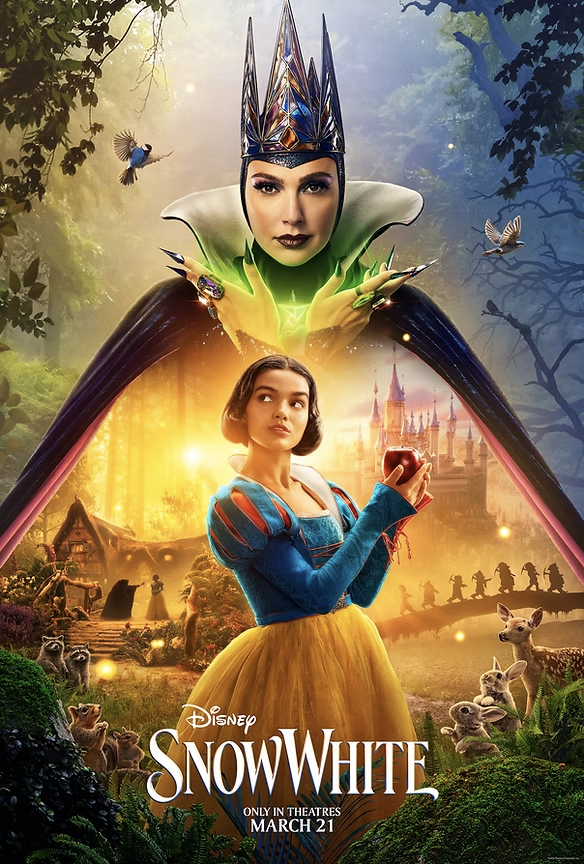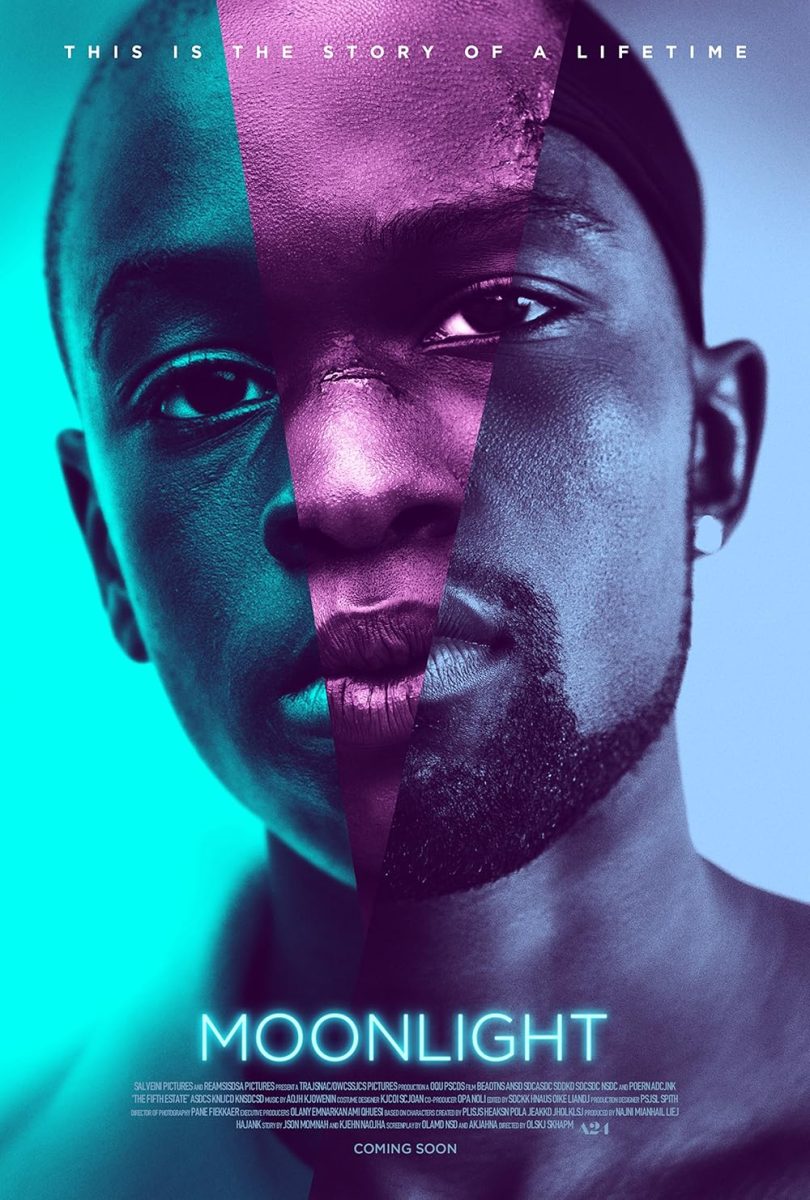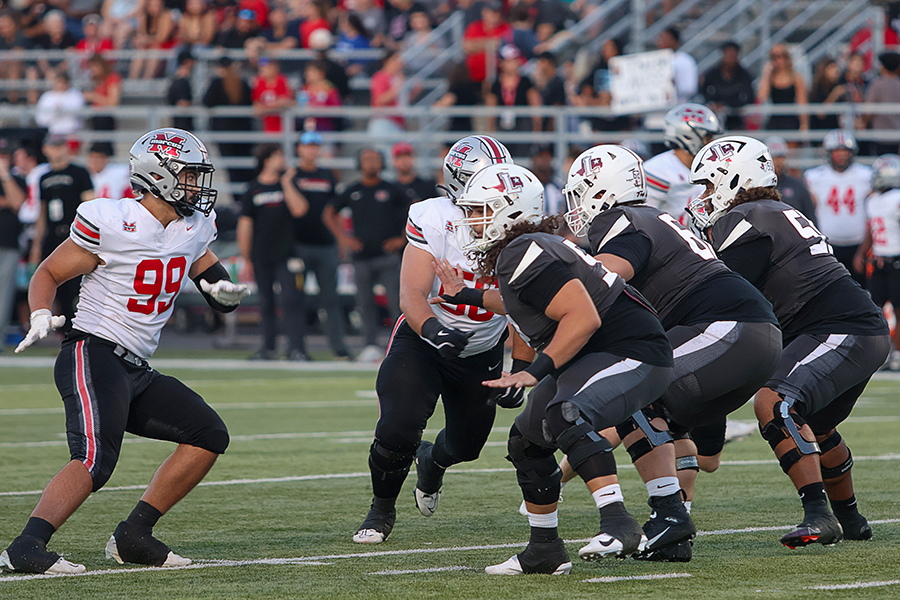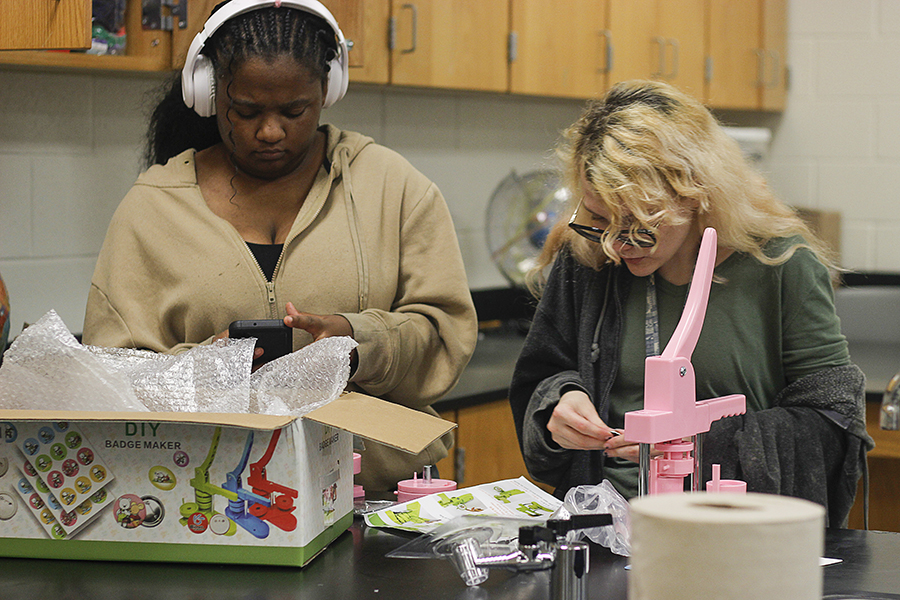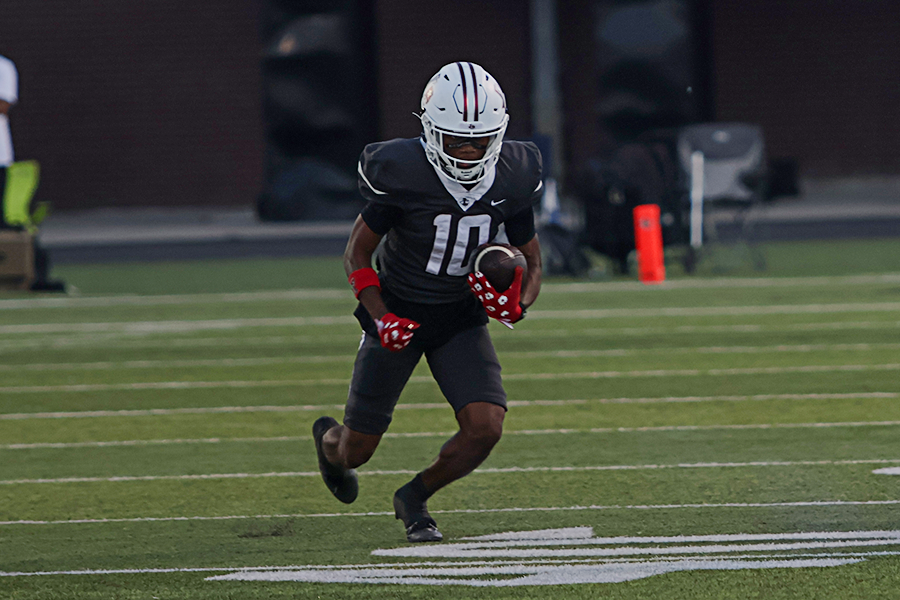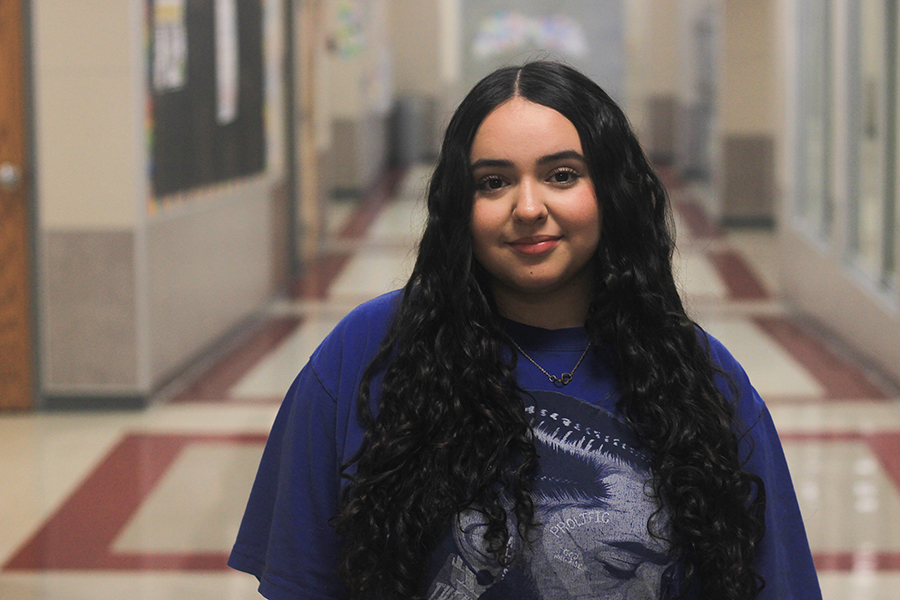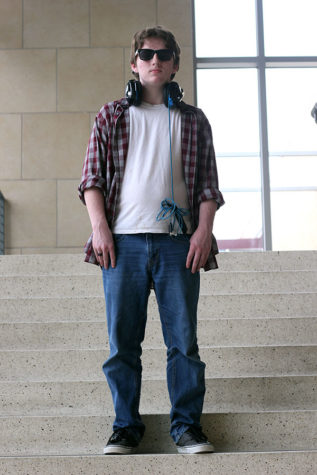After a six-year wait, “Pacific Rim: Uprising,” the sequel to recent Oscar-award-winning director Guillermo Del Toro’s smash hit “Pacific Rim” hit theaters on Friday, March 23. “Uprising” was just as legendary as the original.
The hour and 50 minute movie follows Jake Pentecost (“Star Wars” breakout star John Boyega), the disgraced son of Marshall Pentecost, portrayed in “Pacific Rim I” by Idris Elba, as he is thrown back into the world of giant war mechs known as Jaegers after an incident with a young scavenger named Amara (Cailee Spaeny) lands him in prison. Returning from the first film are Charlie Day, Rinko Kikuchi and Burn Gorman. New faces to the franchise include Scott Eastwood, the son of legendary actor and director Clint Eastwood, “Kong: Skull Island” star Tian Jing and “The Belko Experiment” star Adria Arjona.
From the opening logos, “Uprising” is a visual masterpiece. Each logo shown at the start of “Uprising” is stylized to look like the heads-up display within the Jaegers showcased by the movie. As soon as the logos pass, various thrilling and visually stunning action sequences are shown while Boyega provides a passionate narration. This amount of visual spectacle stays consistent with the beginning. Throughout the movie, each Kaiju who appears and each Jaeger that rises in opposition have incredible amounts of detail, showing the hard work of the design teams that truly shine in “Uprising.”
Naturally, because giant Kaiju don’t exist and humanity has yet to build giant mechs, these imposing monsters had to be put in via computer-generated images (CGI) and each and every one of these beasts and machines blend with the real world perfectly.
When dealing with mech suits the size of skyscrapers and alien monsters twice that size, it would be easy to lose a sense of scale in a movie like this. Fortunately, “Uprising” has numerous shots set up with humans running from the duels between 20-story tall monsters, and even one spectacular shot of a man standing face-to-face with a massive Kaiju and those shots enable it to maintain the sense of scale.
Unlike action films that focus on the action and fight sequences, this stellar sequel does not fail to contain a meaningful storyline. The characters, despite nearly all of them being completely new to the franchise, are relatable enough to drive the story forward and make up nearly as much of “Uprising” as the action sequences.
“Uprising” has only one flaw: it falls victim to one of the classic monster movie tropes, featuring the destruction of a Japanese city. While this could be seen as paying homage to classic Kaiju movies such as “Godzilla,” at this point it is as much an overused trope of this type of movie as San Francisco-set movies featuring the destruction of the Golden Gate Bridge (ironically enough, this was in “Pacific Rim I”).
Overall, “Pacific Rim: Uprising” does everything an action movie should. It has entertaining fight scenes, a killer soundtrack, fantastic actors, outstanding comedic timing, and plenty of carnage and destruction. Despite the fear fans felt upon learning Del Toro would not be directing this sequel, “Daredevil” and “Smallville” showrunner Steven DeKnight did fantastic work as director. “Uprising” set the stage for “Pacific Rim” to become a full franchise rather than simply being two big-budget action movies, and the level of joy audiences will receive from “Uprising” earns it a 10/10.


